OSU OREME: understanding the sea at the Marine Station
Protecting the environment: a challenge for the 21st century at the heart of the I-SITE. At the UM, observation of the environment - an essential prerequisite for its preservation - is carried out at theObservatoire de recherche méditerranéen de l'environnement (OREME).
An observatory for the sciences of the universe (OSU) to study and analyze environmental changes, notably at the Sète Marine Station.
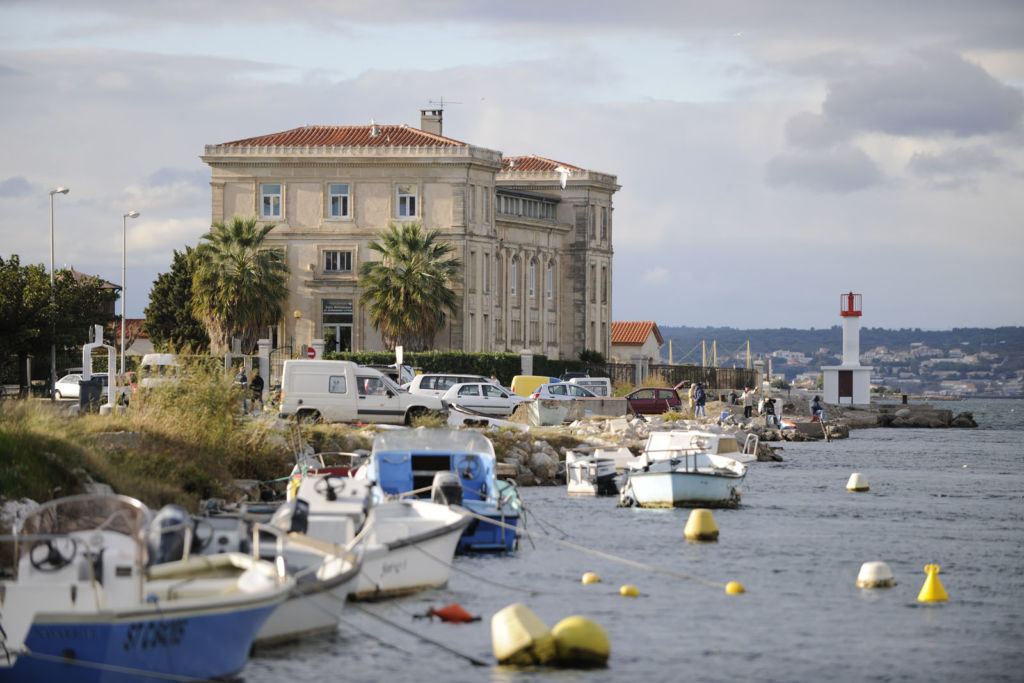
The arrival at the "château", as it is affectionately known by the people of Sète, via the Etang de Thau or along the quartier de la Plagette, is breathtaking. At the end of the Quai de la Daurade, the historic building of the Cette[1] zoological station impresses with its immensity and elegance.
The station became the Station Marine de Sète, attached to the University of Montpellier in 1879, and was inaugurated in 1896. " To fit in perfectly with the town of Sète, the UM Marine Station has a dual mission, both scientific and cultural", explains Eric Servat, Director of theOSU OREME, which
includes, in addition to the Marine Station, some twenty observation services, an Environmental Information System, an analytical geochemistry platform and the MEDIMEER experimental marine ecology platform.
Observation support
On the Station's second floor, in his ship-like office (wood panelling, panoramic windows), Sébastien Mas explains the observation activities set up on the site, namely technical and logistical support, as well as long-term monitoring of the evolution of bio-physico-chemical variables in the Thau lagoon and the Sétoise fore-coast. The aim is to relate these different variables to local and global changes, or to crisis episodes (floods, storms, droughts, etc.). "Every 15 days, we take samples off the coast of Sète on behalf of the SOMLIT(Service national d'Observation en Milieu LITtoral). The results of these samples are then sent to and stored in the national SOMLIT database," explains the CNRS research engineer who has headed the Sète Marine Station since 2015. "Medium- and long-term observation of environmental change is a necessity to understand how marine ecosystems react to natural environmental constraints and anthropogenic effects."
Medimeer
Providing experimental facilities for marine ecology research teams from all over the world is the mission of the MEDIMEER platform located at the very heart of the Marine Station. In addition to its team's cutting-edge scientific expertise, MEDIMEER offers experiments under controlled conditions in large-volume experimental chambers - mesocosms - with the ability to manipulate and control environmental forcings. These mesocosms make it possible to isolate a seawater mass representative of the ecosystem under study, and thus to quantify and qualify the impact of global changes on this ecosystem. " In October, MEDIMEER hosted the European AQUACOSM project, aimed at determining the impact of rising temperatures on marine plankton communities", explains Sébastien Mas, who took part in this large-scale operation in the Thau lagoon. To accurately observe the reaction of marine ecosystems to climate change, various simulations were carried out in situ, within the marine mesocosms of the MEDIMEER platform (temperature and luminosity increases). " The experimental facilities offered by MEDIMEER to the national and international scientific community are unique in France and around the Mediterranean," emphasizes the scientist specializing in the use of optical sensors in marine ecology.
[1] The town of Sète did not acquire its definitive spelling until 1928.
Key figures
- 8 OSU member research units
- 73 full-time equivalents are involved in OREME's missions, including 7 at the Marine Station
- 2 technical platforms: AETE-ISO (analytical geochemistry) and MEDIMEER
- 1 OSU environmental information system
Culture: linking science and the general public
As early as 1920, the 1st cultural event for the general public took place at the Station marine: the resounding exhibition of a real whale skeleton," recounts Marielle Laurens, the station's administrative manager. Following the exhibition of Bernard Collin's correspondence (Ma petite Jeannie chérie - June 2018), the station plans to organize an exhibition in 2019 to raise awareness of the scourge of plastic and its ravages on the marine ecosystem.
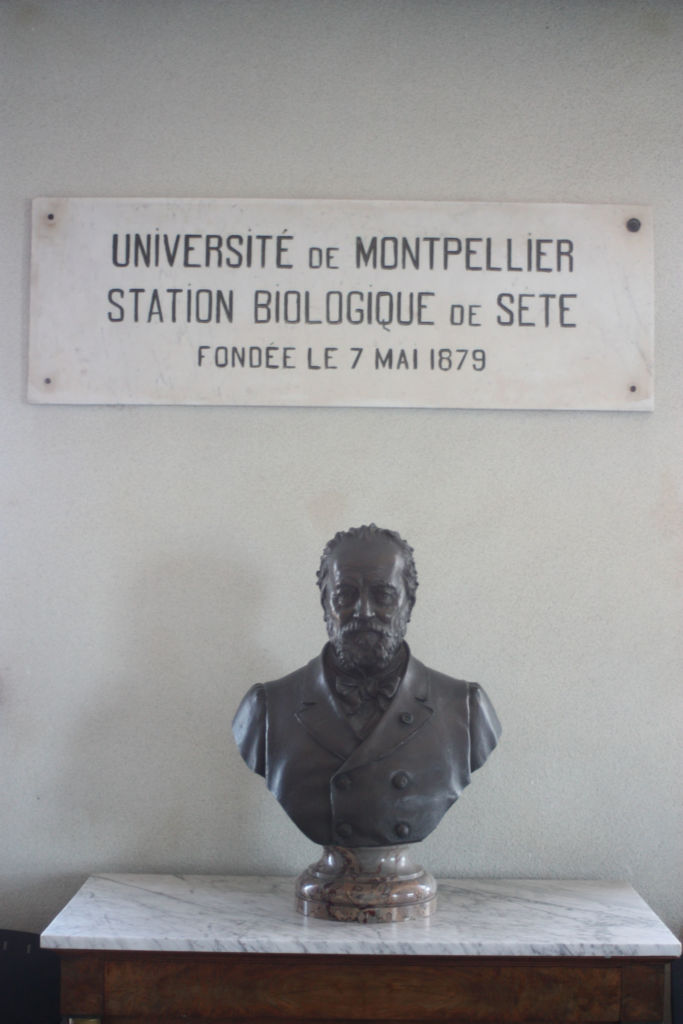
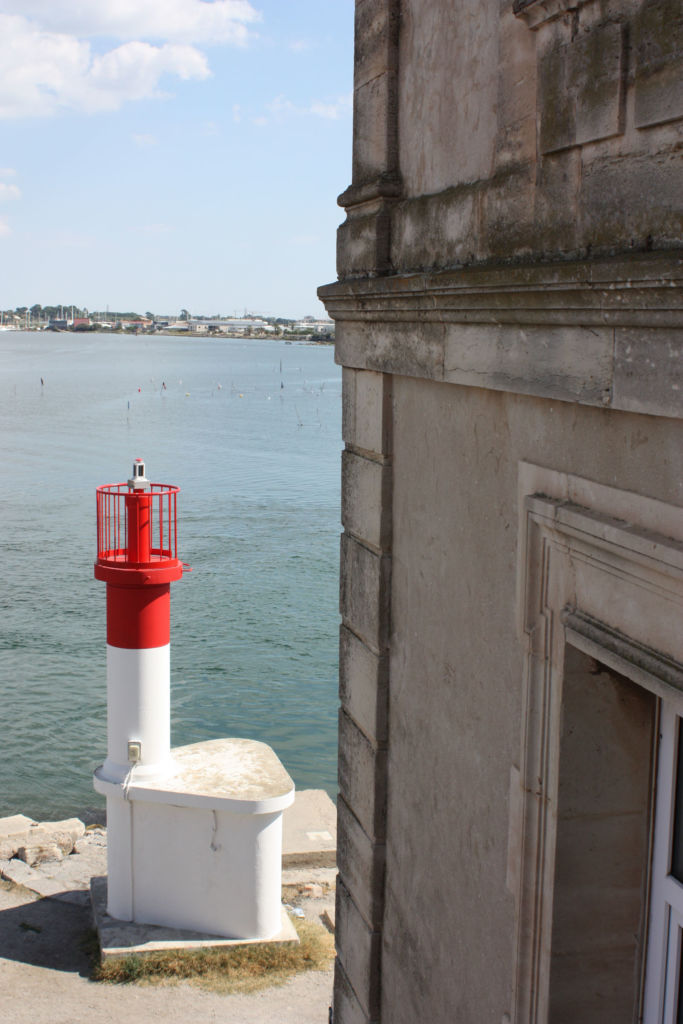
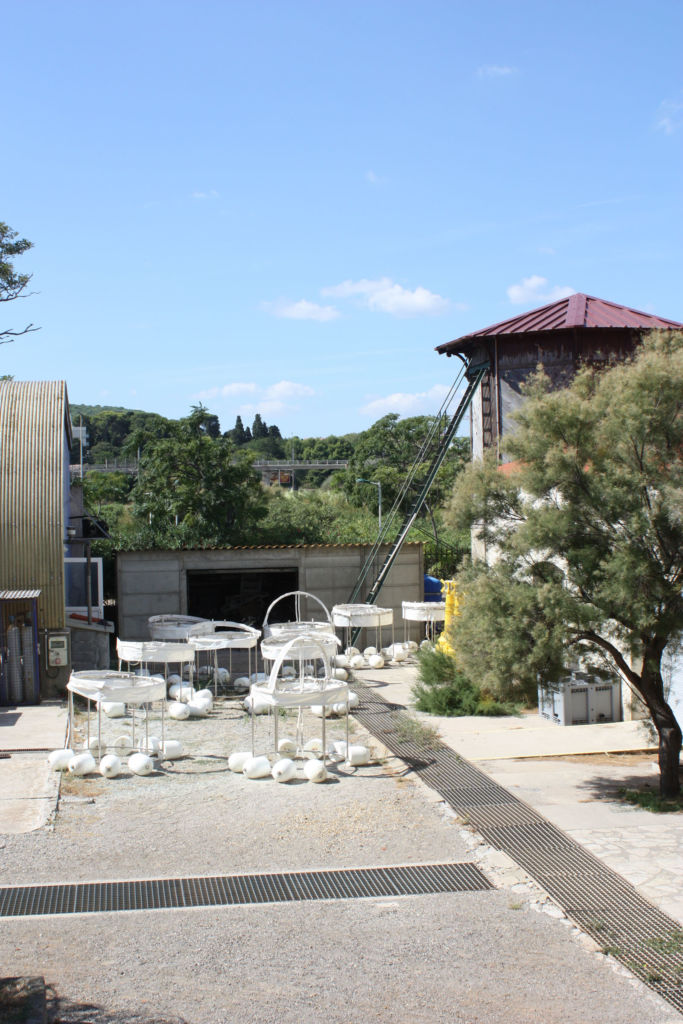
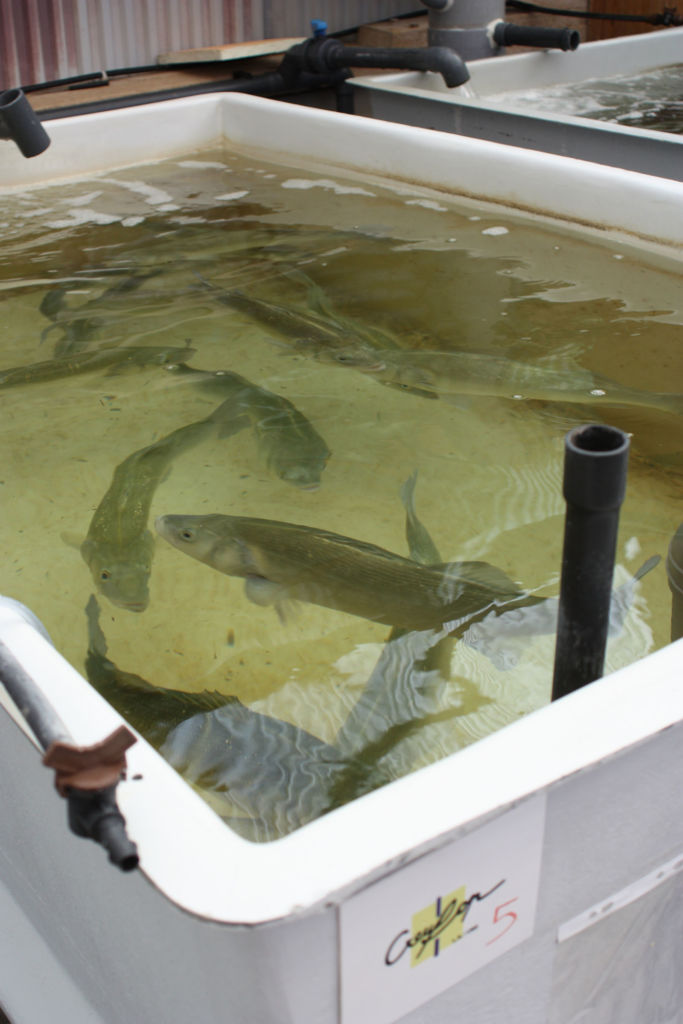
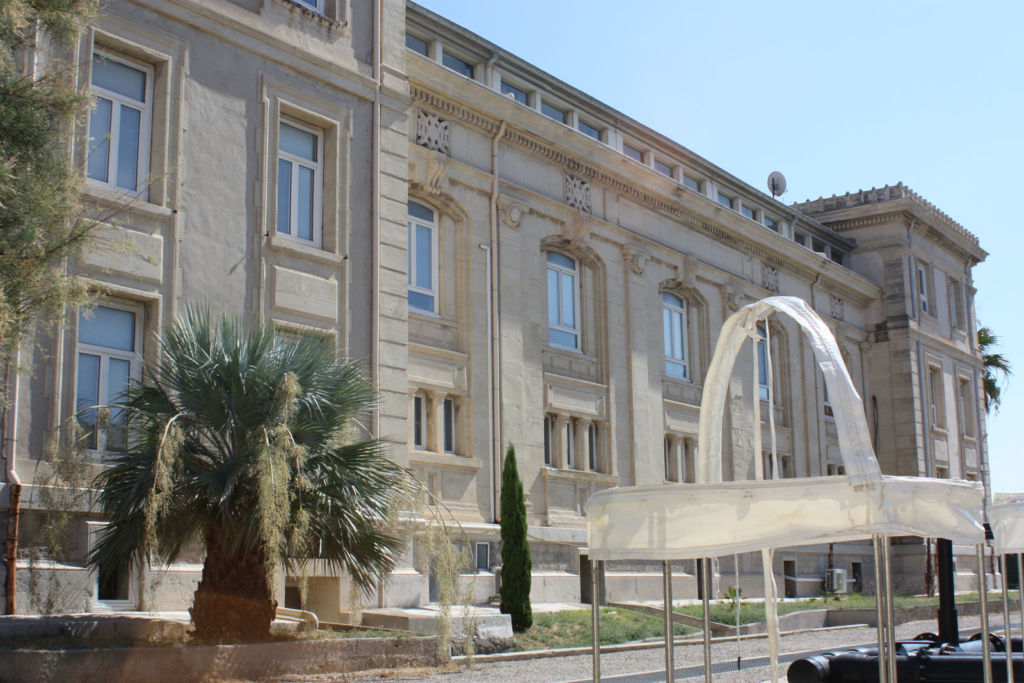
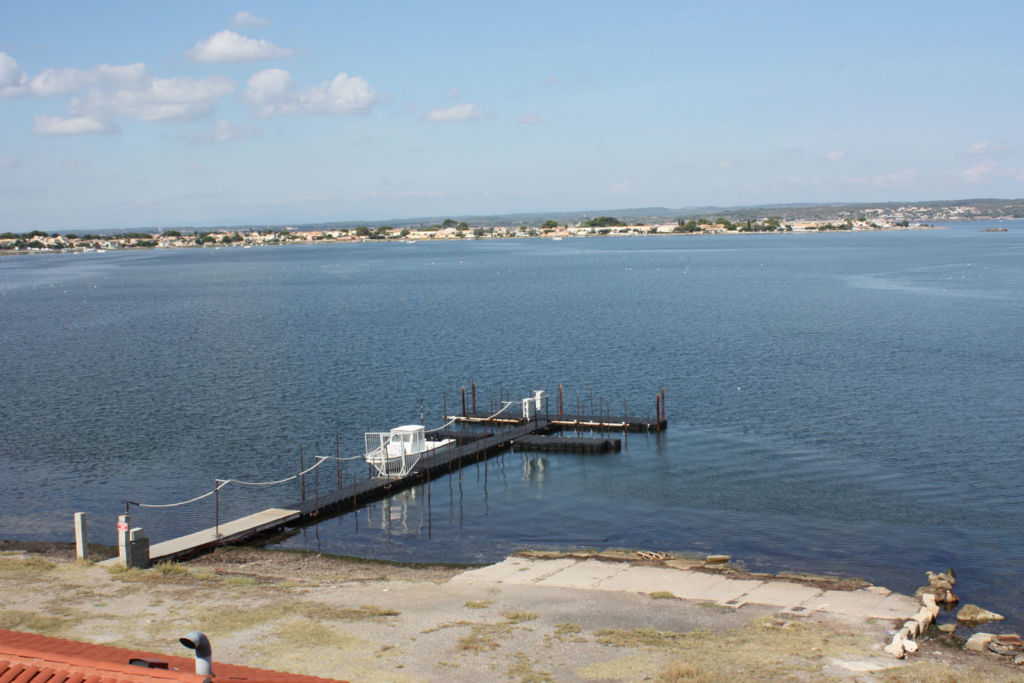
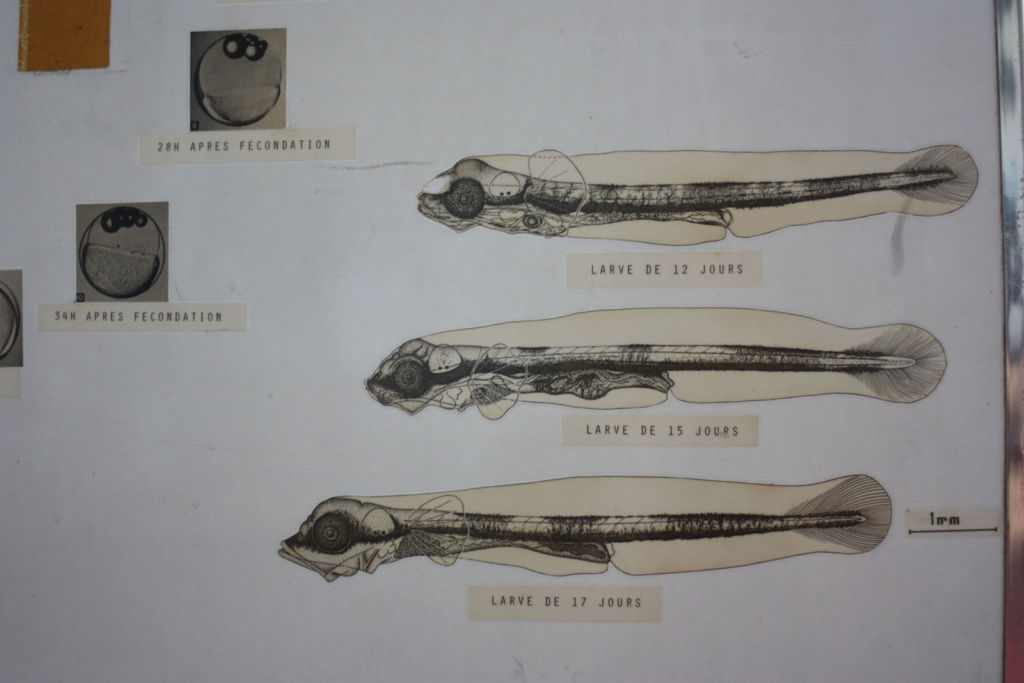
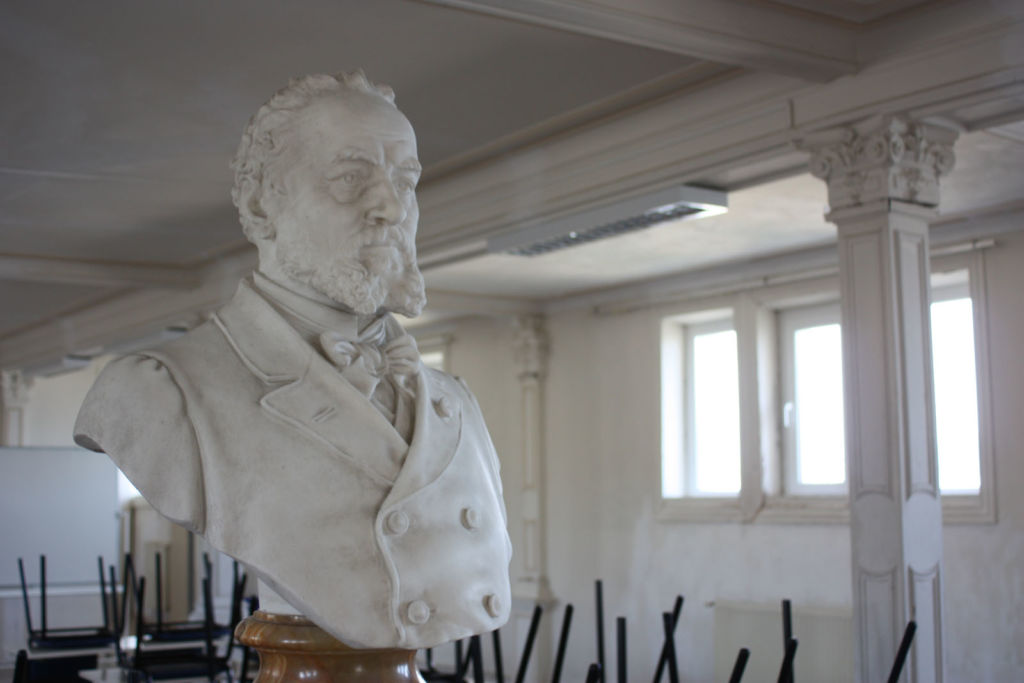
Photos © Camille Salvador